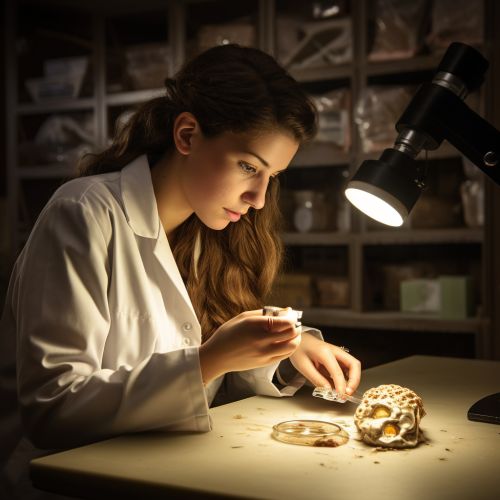Hypothalamus
Anatomy and Location
The hypothalamus is a small region of the brain located below the thalamus and just above the brainstem. It is part of the diencephalon, which also includes the thalamus and the epithalamus. The hypothalamus is approximately the size of an almond, weighing about 4 grams in humans. It is surrounded by the third ventricle and is in close proximity to the pituitary gland.
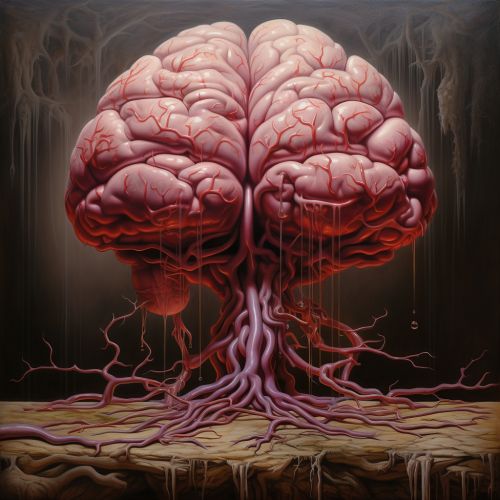
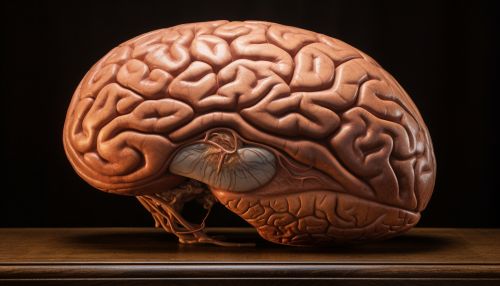
Function
The hypothalamus plays a crucial role in many important functions, including: maintaining daily physiological cycles, controlling appetite, regulating body temperature and managing sexual behavior. It also interfaces with the endocrine system through the pituitary gland, which it controls via a range of neurohormones.
Structure
The hypothalamus is composed of several nuclei and is divided into three regions: the anterior, the tuberal, and the posterior. Each of these regions contains different nuclei that have distinct functions. For example, the suprachiasmatic nucleus in the anterior region is involved in circadian rhythms, while the ventromedial nucleus in the tuberal region is involved in satiety.
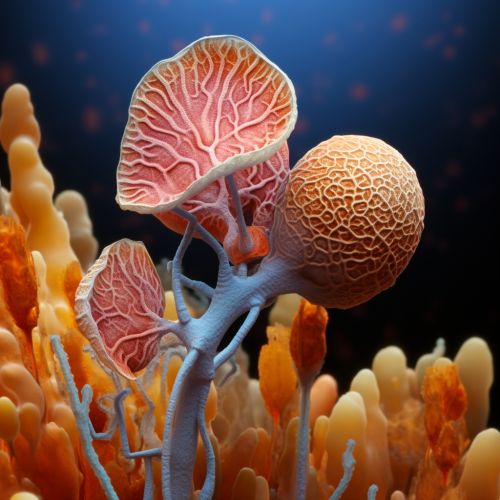
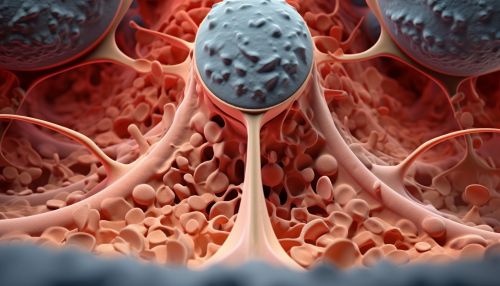
Role in the Endocrine System
The hypothalamus is a key component of the endocrine system, as it regulates the pituitary gland. It sends signals to the pituitary gland to release or inhibit the release of various hormones. This is done through two systems: the tuberoinfundibular pathway and the hypothalamic-pituitary portal system.
Role in the Nervous System
In addition to its endocrine functions, the hypothalamus is also an important part of the nervous system. It has connections with many other parts of the brain, including the amygdala, the hippocampus, and the prefrontal cortex. Through these connections, the hypothalamus can influence a wide range of behaviors and physiological responses.
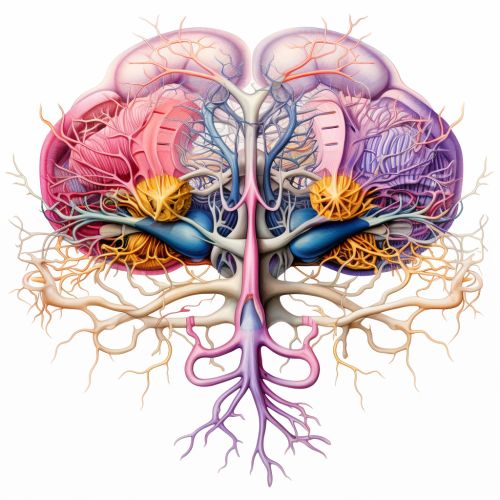
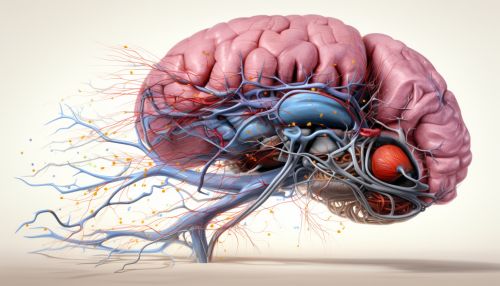
Clinical Significance
Dysfunction in the hypothalamus can lead to a variety of disorders. These include sleep disorders, eating disorders, mood disorders, and endocrine disorders. For example, damage to the hypothalamus can lead to conditions such as hypopituitarism, diabetes insipidus, and hypothalamic disease.
Research and Future Directions
Research on the hypothalamus is ongoing, with scientists continually discovering new aspects of its function and structure. Current research topics include the role of the hypothalamus in aging, stress, and obesity.
